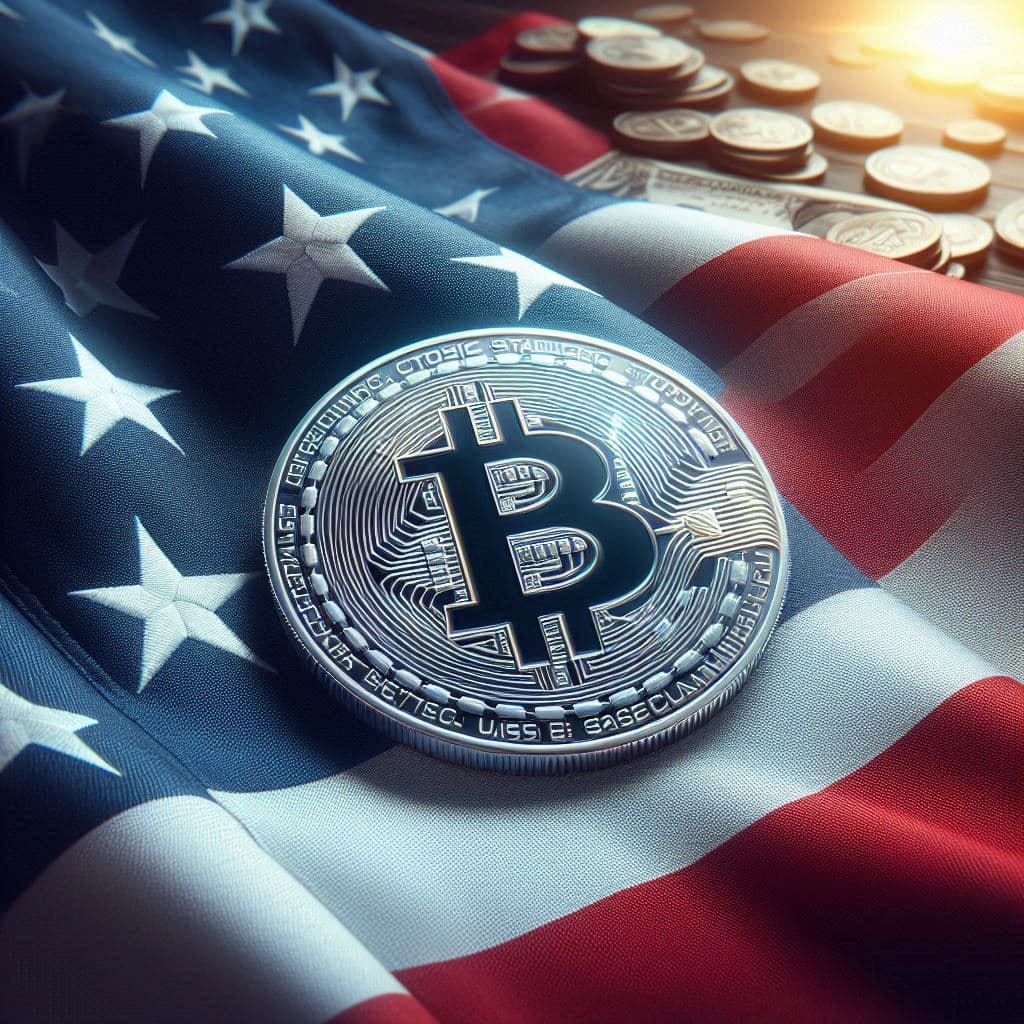Beneath the Surface
Seven Grey Swans a Swimmin’ in 2025: Counting Down From #7
December 23, 2024 • 4 minute, 5 second read

“Some debts are fun when you are acquiring them, but none are fun when you set about retiring them.”
–Ogden Nash
December 23, 2024— Yes, the holiday season is a time of good cheer. But there’s still some fear rumbling around in the markets. And as markets wrap up a banner year, it may be a good time to quietly reflect on potential dangers ahead this holiday season.
So, we want to use the last trading days of 2024 to review seven of the most significant grey swans a swimmin’ around in today’s cold waters.
Don’t worry. We’ll keep things short, sweet, and to the point, using these ideas as jumping-off points for further in-depth analysis as they take flight next year.
Plus, we see some positive Grey Swan events that could unfold in 2025. We’ll get to those after New Year’s when you’re dealing with the holiday hangover and December credit card bills. For now, let’s start the countdown…
Grey Swan #7: The End of the Great American Debt Binge
Americans have become addicted to credit — and not just Uncle Sam, either. Many Americans have followed the federal government’s lead and spent beyond their means.
The result? Soaring consumer debt levels, from credit cards to personal loans.
It’s a ticking time bomb that could implode at any second, easily resulting in a consumer crash. Unlike Uncle Sam, consumers can’t float an infinite amount of debt. Or print money.
Naturally, it’s no wonder that one of Wall Street’s most well-known hedge fund managers, Mark Spitznagel, went on record as saying we are currently in the midst of the “greatest credit bubble of human history.”
There has never been a bigger chasm between consumer savings and debt in history, and it’s only getting worse.

If we are “the richest nation on earth,” why are so many Americans living paycheck to paycheck?
More than half of families earning salaries of $100,000 or more a year (51%) say it’s barely enough to live on, leaving many with few realistic options outside of taking on debt.
In the meantime, just 45.6% of American households have nothing at all saved for retirement. The same retirement that Uncle Sam has implicitly promised with programs such as Social Security, whose debts aren’t even calculated in the “official” $36 trillion deficit.
On average, American households have built up $104,215 in debt, with a record $17.796 trillion in total debt nationwide.
Meanwhile, disposable income … aka money you can afford to spend… has dropped at a faster pace in the past few years than at any time since 1932 – the worst year of the Great Depression.

And even as we have less money to spend, it’s worth less each day, so people spend instead of save.
While we often consider a government crisis a Grey Swan event, it’s possible that consumers will simply lack the spending power to push the economy, and therefore the stock market, higher in 2025.
And that could mean a market correction, potentially even a drop into a full-blown bear market.
That’s especially true if the rising unemployment trend continues to tick higher. As Grey Swan Investment Fraternity contributor John Rubino notes:
During a recession, several things will happen:
- Workers will lose their jobs, stop paying taxes, and start collecting benefits.
- Stock prices will either correct or crash, depending on the way the recession plays out, cutting capital gains tax revenue and increasing capital losses.
And when consumers get tapped out, government deficits get worse. And they’re already bad enough in a “growing” economy.
That’s also why, as we recommend in our upcoming December issue for paid-up Grey Swan Investment Fraternity members, we’ll be scaling back on some of the consumer-facing stocks in our model portfolio.
For now, investors should remain mindful of consumer spending and pay close attention to the final holiday sales numbers that come in during the coming weeks.
And remember, even if there’s been a new record high in consumer spending, be sure to check out how it compares to the 20%+ inflation over the past four years. You may be surprised.
Regards,

Addison Wiggin,
Grey Swan
P.S. Debt is not just a U.S. problem, or a consumer and government problem. There have been 33 corporate debt defaults in Europe year-to-date, according to data compiled by Global Markets Investor.
That’s the highest level of corporate debt defaults since the 202o pandemic lockdown-inspired financial catastrophe. It’s also double the amount in 2022, the year inflation really started to bite. And 11 more than in the crisis year 2009.
Last week, GMI also released data showing corporate bankruptcies in the U.S. are tracking along to hit a 14-year high in 2024. The trends “are concerning” and worth watching as we analyze macro trends moving into the new year.
Your thoughts on the top Grey Swan events of 2025 are welcome here: addison@greyswanfraternity.com



